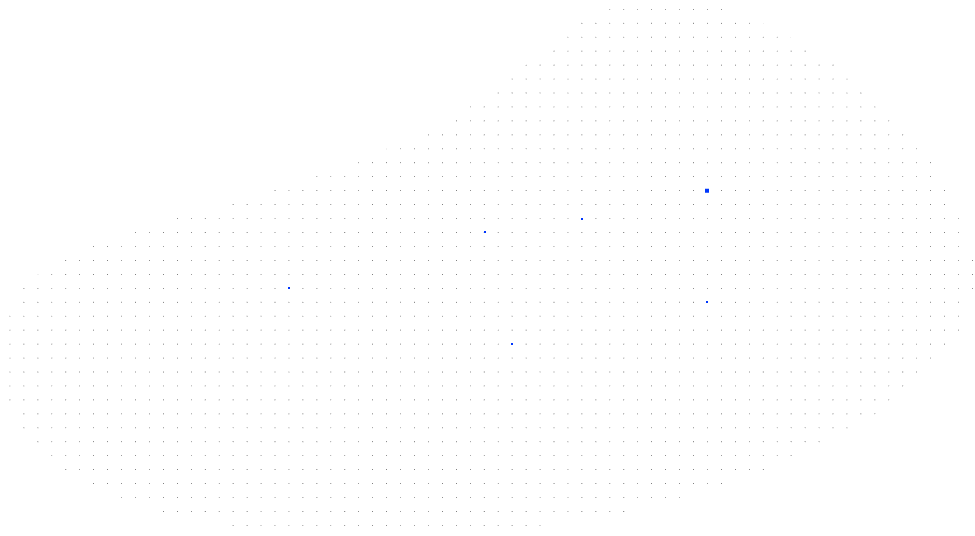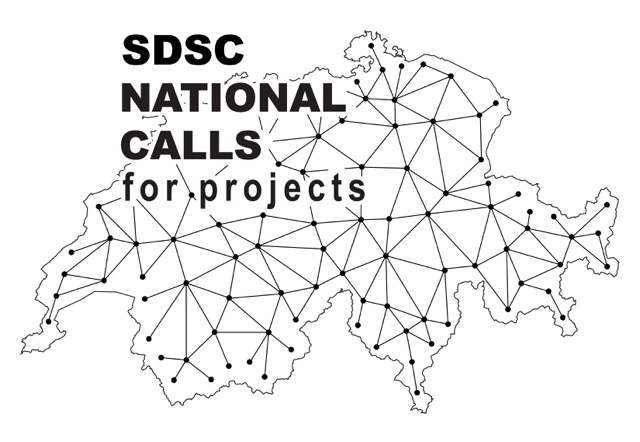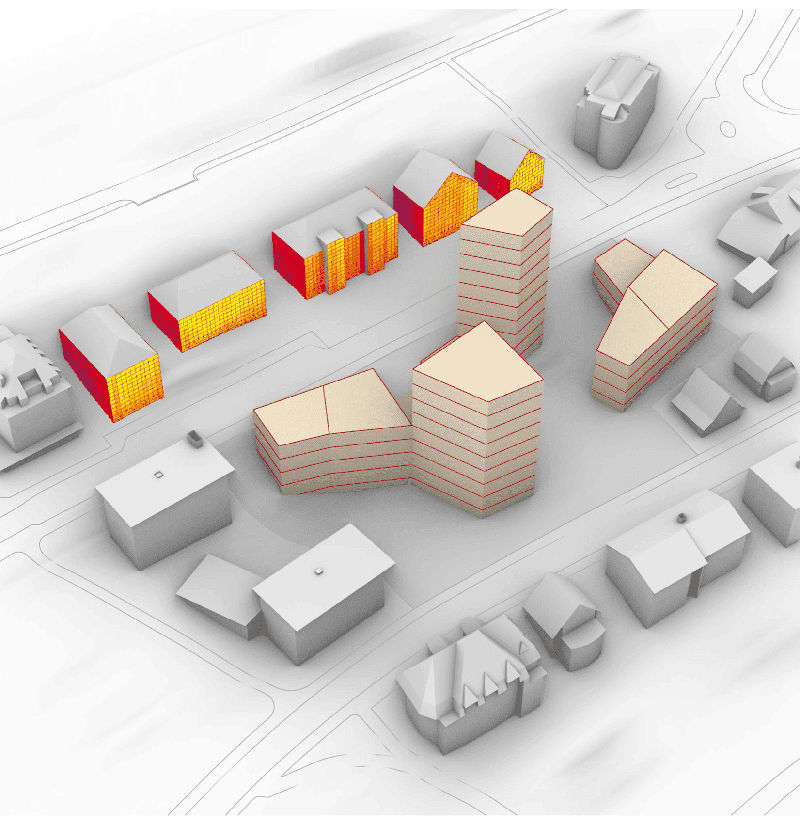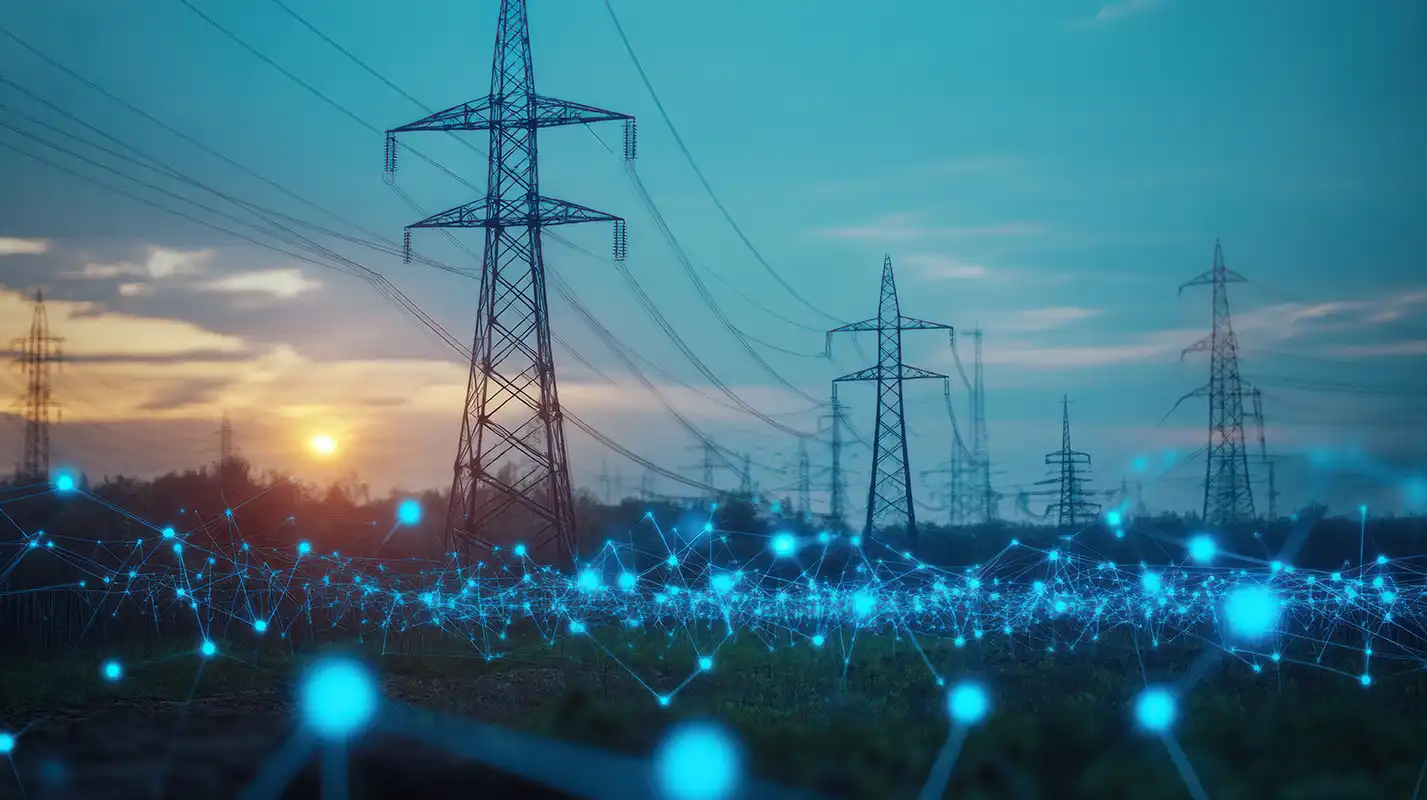
SPI-GreenFjord

Abstract
Accelerated climate change impacts southern Greenland fjord ecosystems and livelihoods profoundly as a result of atmospheric warming, changing vegetation and precipitation patterns, as well as enhanced glacier melt. Increased meltwater fluxes also affect marine ecosystem functioning and nutrient circulation, which in turn affect the marine food-web with cascading effects on biodiversity (e.g., Oliver et al., 2020).
Fjords are particularly vulnerable because they lie at the nexus between the cryosphere, ocean, land, atmosphere, and biosphere. GreenFjord explores the socio-cultural and environmental interactions in Southwestern Greenland by focusing our research on six domains and their linkages. These interactions are also compared for two contrasting fjord systems, with an ocean-terminating and a land-terminating glacier (Mortensen et al., 2020).
In order to gain insight into the large-scale changes of the region, the collaboration between GreenFjord and the SDSC will leverage a diverse range of datasets including reanalysis and remote sensing data to gain further insight into the region.
People
Collaborators


Luke completed his PhD in oceanography at the University of Cape Town in 2017.
After a short stint at the Council for Scientific and Industrial Research in Cape Town, he joined the Environmental Physics group at ETH Zürich as a postdoc in 2019. Here, his research focussed on ocean biogeochemistry. Specifically, he used machine learning approaches to estimate surface ocean pH and surface ocean carbon fluxes from satellite and ship-based observations.
Luke has also been involved developing scientific data processing tools for several autonomous observation platforms.


Michele received a Ph.D. in Environmental Sciences from the University of Lausanne (Switzerland) in 2013. He was then a visiting postdoc in the CALVIN group, Institute of Perception, Action and Behaviour of the School of Informatics at the University of Edinburgh, Scotland (2014-2016). He then joined the Multimodal Remote Sensing and the Geocomputation groups at the Geography department of the University of Zurich, Switzerland (2016-2017). His main research activities were at the interface of computer vision, machine and deep learning for the extraction of information from aerial photos, satellite optical images and geospatial data in general.
PI | Partners:
description
Motivation
Monitoring fjord systems is challenging due to their remoteness and inclement weather during the winter months. This means that observations are scarce, particularly for a full seasonal cycle (spring, summer, autumn, winter). Further, these measurements are seldom understood in their greater context and how they influence, or may be influenced, by measurements from other spheres (Figure 1).

The GreenFjord project aims to close this gap for the Southwest Greenland region (Figure 2). However, given that the practical challenges still exist, a broader approach is required that is able to capture the greater context of the region, both now, and in the past.

Proposed Approach / Solution
The SDSC will provide the large-scale and historical context by retrieving the required data and computing the the long-term trends for relevant variables, e.g., sea surface temperature, oceanic chlorophyll concentration, changes in photosynthetic growth on land (NDVI), ice cover, and river plumes. Some examples include:
- computing long-term trends of climatic variables (e.g., air temperature at 2 metre height) from ERA5, sea surface temperature, and vegetation changes (NDVI from MODIS satellites),
- mapping river catchment properties (e.g., area, mean slope, aspect, land cover types, geological formations),
- tracking glacier retreat for the SW Greenland area over the last three decades with Landsat missions,
- tracking river plume and glacial outwash tidal delta area changes with Landsat and Sentinel-2 missions.
Impact
A better understanding of a sensitive ecosystem in a region that is changing faster than the rest of the planet. In a very practical way, we aim to provide a way for locals to track, access, and understand the changes in their environment in the broader context of the last 20 years.
Presentation
Gallery
Annexe
Cover image source: Blake Matthews
Additional resources
Bibliography
- Mortensen, J., Rysgaard, S., Bendtsen, J., Lennert, K., Kanzow, T., Lund, H., & Meire, L. (2020). Subglacial Discharge and Its Down-Fjord Transformation in West Greenland Fjords With an Ice Mélange. Journal of Geophysical Research: Oceans, 125(9), e2020JC016301. https://doi.org/10.1029/2020JC016301
- Oliver, H., Castelao, R. M., Wang, C., & Yager, P. L. (2020). Meltwater-Enhanced Nutrient Export From Greenland’s Glacial Fjords: A Sensitivity Analysis. Journal of Geophysical Research: Oceans, 125(7), e2020JC016185. https://doi.org/10.1029/2020JC016185
Publications
Related Pages
More projects
SFOE Energy Dashboard
Enhancing resource efficiency
Sustainable ingredients
News
Latest news


PAIRED-HYDRO | Increasing the Lifespan of Hydropower Turbines with Machine Learning
PAIRED-HYDRO | Increasing the Lifespan of Hydropower Turbines with Machine Learning


First National Calls: 50 selected projects to start in 2025
First National Calls: 50 selected projects to start in 2025


AIXD | Generative AI toolbox for architects and engineers
AIXD | Generative AI toolbox for architects and engineers
Contact us
Let’s talk Data Science
Do you need our services or expertise?
Contact us for your next Data Science project!




